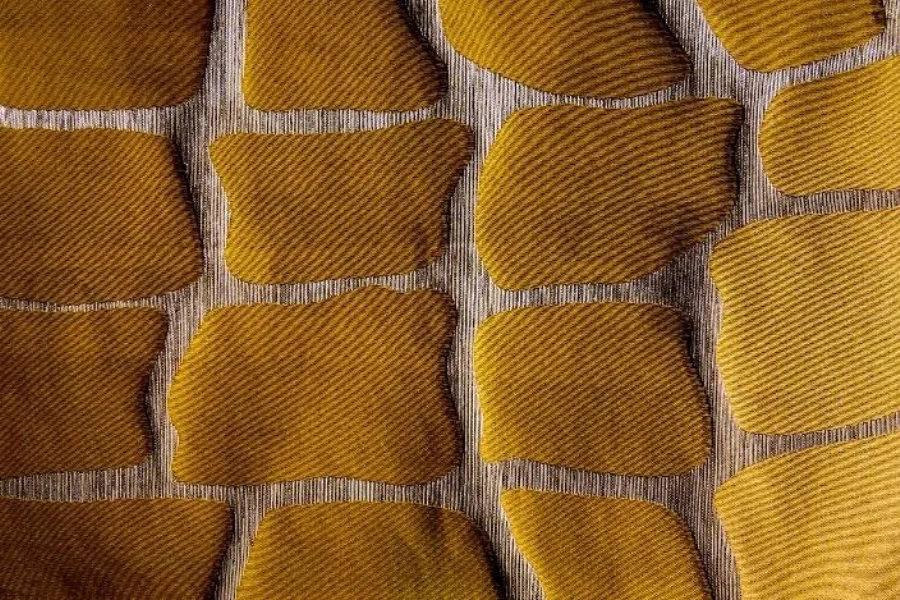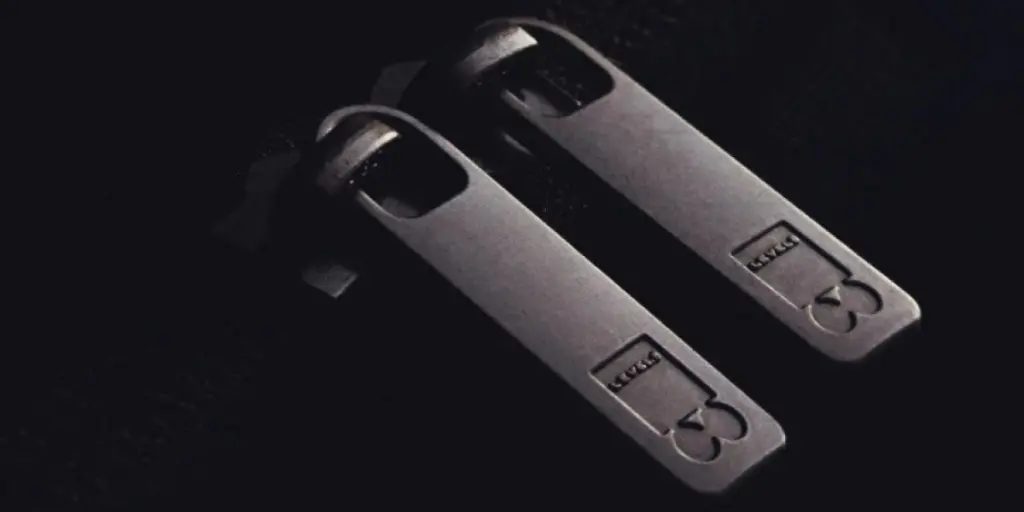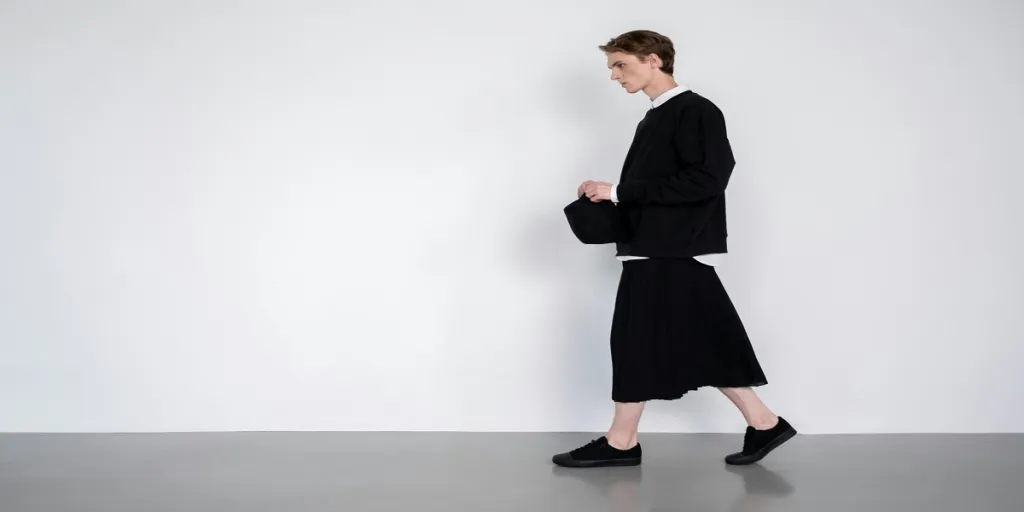Trims and details are fashion fittings that can boost the value of men’s and women’s clothing by giving them a customized and unique appeal. The autumn/winter 2023/24 season will see customers interested in fittings that promote timeless style and recyclable materials. These are the trendy details and trims for men and women businesses should pay attention to this season.
Table of Contents
What influences the clothing market this season?
Details & trims trends for autumn/winter 2023/24
Attract apparel customers with circularity
What influences the clothing market this season?
The global clothing market amounted to USD 1.59 trillion in 2020 and is expected to reach USD 2.23 trillion in 2028, with a compound annual growth rate (CAGR) of 4.3% from 2020 to 2028.
McKinsey & Company forecasts that the luxury sector will outperform in the industry as wealthy shoppers remain more insulated from the effects of hyperinflation. Based on McKinsey’s analysis, the luxury sector is expected to grow between 5% to 10% in 2023.
The industry is also witnessing growing interest in circular fashion that is shifting consumer preferences towards eco-friendly shopping and sustainable apparel businesses.
Details & trims trends for autumn/winter 2023/24
Reprocessed industrials
Gemstone repurposing is a technique for developing decorative details within a circular sourcing model. Recycled stones can be used as buttons, beads, and embellishments on jackets, dresses, and denim.
The appeal of reprocessed and upcycled stones is unique and irregular surface detailing, such as visible composite structures and mosaic-finishes made from resin and recycled gemstones. Beads and buttons with unpolished or semi-matte surfaces can also be achieved through shortened processing times and raw-state finishes.
Performance details

The growth of flexible working and outdoor lifestyles is driving the popularity of maximalist all-weather looks enhanced with playful performance-driven details. Functional trims and details that play with scale, color, and materials are being used to give outerwear jackets and denim a refresh.
Support adaptable styling and easy-to-wear pieces with details like durable zips, D-rings, carabiner-style clips, and cord locks. Zippers can be boosted for customers operating in intense outdoor environments with features like high-grip rubber zip tapes, anti-mold treatments, and antiviral zip tape treatments.
Natural fibers

For autumn/winter 2023/24, cozy fabrics and tactile materials provide comfort and warmth for both indoor and outdoor clothing. Businesses are advised to source fiber-based trims in robust natural yarns for belts, cuffs, and cord and tie features on jackets, outerwear, dresses, denim, and loungewear.
Key fibers include cotton, linen, hemp, jute blends, and responsibly sourced wool in calming colors like green, purple, or pink. Fibers should be combined in blends that allow garments to still be bio-degraded or composted.
Organic composites

Agricultural crop composites and food waste materials are promoting innovation in fashion materials. The beauty of organic and irregular surfaces is celebrated with composite materials, tactile fiber blends, and warm hues on outerwear, dresses, shirting, and denim.
Customers may be excited by biodegradable materials made from food and garden waste or by emerging materials like a leather alternative made from mycelium. Fiber-based trims can also be produced in earthy and autumnal colors through processes like vegetable tanning or natural dyeing.
Tidal designs

Water ripple and tidal wave movements inspire patterns for both solid and fiber-based materials this season. Whether for jackets, dresses, blouses, denim, or intimates, businesses can source materials that emulate watery surfaces for buttons, fastenings, and belt details.
Moiré patterns on woven textiles can be used to produce textural trims, while glass, recycled PET, polyester, and plexiglass help create marbled prints on apparel components. Recycled plastics made from various sources, such as marine waste, chopping boards, and packaging take this trend to the next level.
Nature-inspired trims
For autumn and winter 2023/24, trims inspired by flowers, plants, and organics are being used on jackets, dresses, blouses, and intimates. Florals and abstract landscape prints influence the design of lace trims and webbed detailing.
Businesses should ensure embroidery and woven trims are made in mono-material compositions or harmonious fiber blends that can be recycled once the garment has reached end of life. To encourage longevity of clothing, heavily beaded embellishments should be reserved for investment pieces with resale value.
Low-impact metal processing
Men’s and women’s fashion is switching to lower-impact metal finishing processes as a way to reduce environmental harm. As a result, powdery and muted metallic buttons and hardware bring a futuristic aesthetic to utility jackets and denim.
Examples of the latest developments in metal processing include raw-state materials, recycled contents, and electroplating alternatives. The lifespan of utility trims can also be extended by sourcing items that can be easily removed and repaired, such as a screw tack button.
Collaged patterns
As minimalism becomes more sought-after, simple collages and modular patterns are gaining a timeless appeal in the apparel industry. This season, sophisticated hues are being color blocked and collaged on jackets, dresses, blouses, and denim.
Jacquard ribbons, color-blocked components, and decorative inlay buttons are designed with organic curves and angular forms, with a combination of metal, gemstones, and cross-stitched cotton panels lending collaged pieces a crafted look.
Abstract forms

Details and trims in soft organic and abstract forms are showing up on jackets, blouses, denim, and intimates. These ergonomic looks feature ridged surfaces, built-up layers, and delicate openwork structures that emulate shapes found in nature.
Additive manufacturing processes, such as 3D printing, or injection molding can be used to create dimensional embellishment for garments. These manufacturing techniques also encourage the creation of embellishments that are easier to recycle.
Tactile minimalism
Flexible workwear and versatile classics remain important this autumn and winter season. Men and women are increasingly interested in wardrobe essentials that are considered investment pieces.
Luxurious tactility on frequently used components like zip pulls, buttons, and fastenings help elevate timeless pieces. Tactility can be achieved through ridges, engravings, or matte textures developed through peached, rubberized, or flocked finishes. A refined yet cozy feel can also be accomplished through responsibly sourced felted wool patches, pockets, and applique details.
Attract apparel customers with circularity
There are several forecasted detail and trim trends in women’s and men’s clothing for the autumn and winter 2023/24 season. A trend towards sustainability results in stone reprocessing, low-impact metal finishes, functional fittings, and elevated minimalism. There is also an interest in references to nature, such as with natural fibers, organic composite materials, and prints inspired by the earth.
As customers become conscious of avoiding gimmicky details that lack longevity, businesses should respond by creating high-quality pieces with timeless details and trims. By offering thoughtful circularity in clothing design, businesses can position themselves as forward-thinking players in the market.




